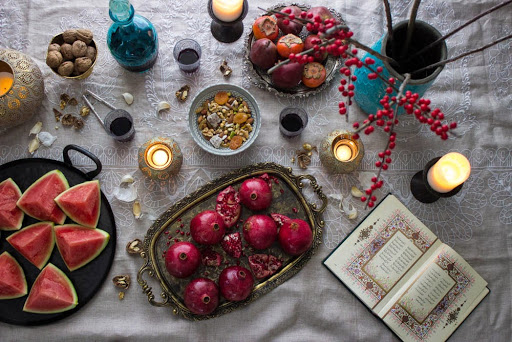
Yalda Night or Shabe Yalda (شب یلدا) is one of the most significant Iranian celebrations. The celebration is of profound history and meaning. Iranians worldwide celebrate Yalda on December 21st (30th of Azar), when the earth follows its yearlong pilgrimage around the sun. The northern hemisphere of the earth starts to experience longer daytime. Therefore Iranians gather together to spend the darkest night together and celebrate the victory of light over darkness.
Yalda Night Traditions
Like many other Persian celebrations, Yalda Night has unique Traditions and observances. If one takes a more profound look at each of the observances, one will find a deep history and logic for each of them.
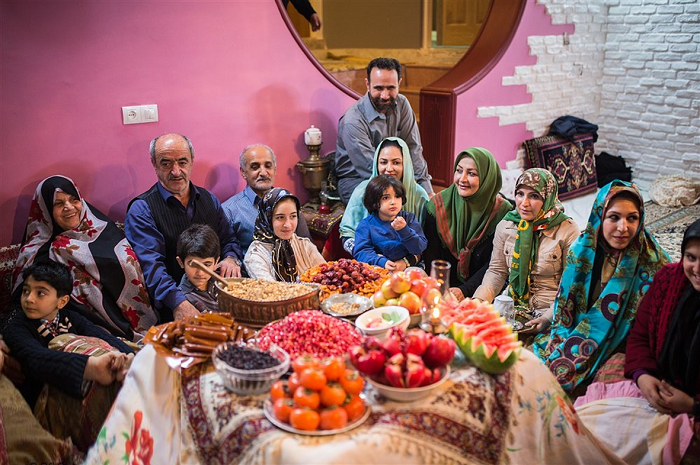
Gathering with Family and Friends
Gathering together with family or friends is the primary observance of Yalda Night. In the past, people usually gathered with families at their grandparents’ house. They usually sat around a big Korsi ( a traditional short table designed to heat the place and people). Nowadays, people gather on this night, but there isn’t any Korsi or an obligation for the celebration’s place. Considering this observance, Yalda is like Thanksgiving.
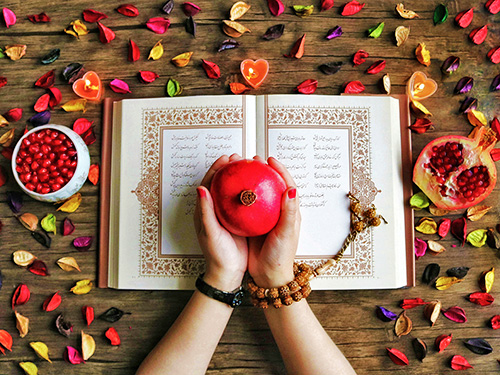
Reading poems of Hafez
The poems of Hafez, the great Persian poet, are another main part of Shabe Yalda. Fortune telling, using Hafez poems has a long history in Iran. So many Persian grandparents used reading poems to entertain their children and grandchildren at the celebration. Nowadays, it is still prevalent to read poems and do fortune-telling at this night’s celebrations.
Eating especial snacks:
As with other Persian celebrations, Yalda has its unique snacks. Iranians serve different snacks on the Longest Night of the year. The snacks include fruit, nuts, sweets, and some pastries.
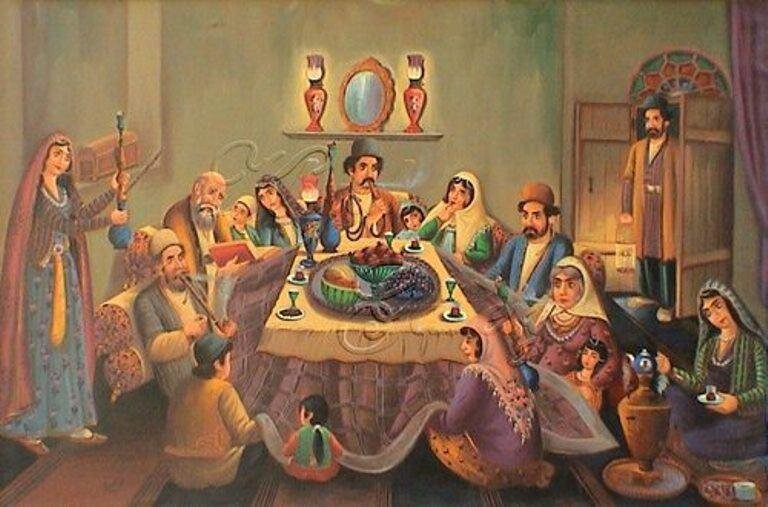
Yalda Night History
Ancient people usually considered darkness as an enemy and, even in some places, as a symbol of bad luck. Light, on the other hand, was the symbol of victory, rebirth, and all pure things. Fire and heat also play a key role in ancient Persian history. Heat always has been the symbol of life for Iranians. Therefore, the sun, with both its light and heat, is the one symbol of victory for many Iranians, and its victory over the longest darkness should be celebrated.
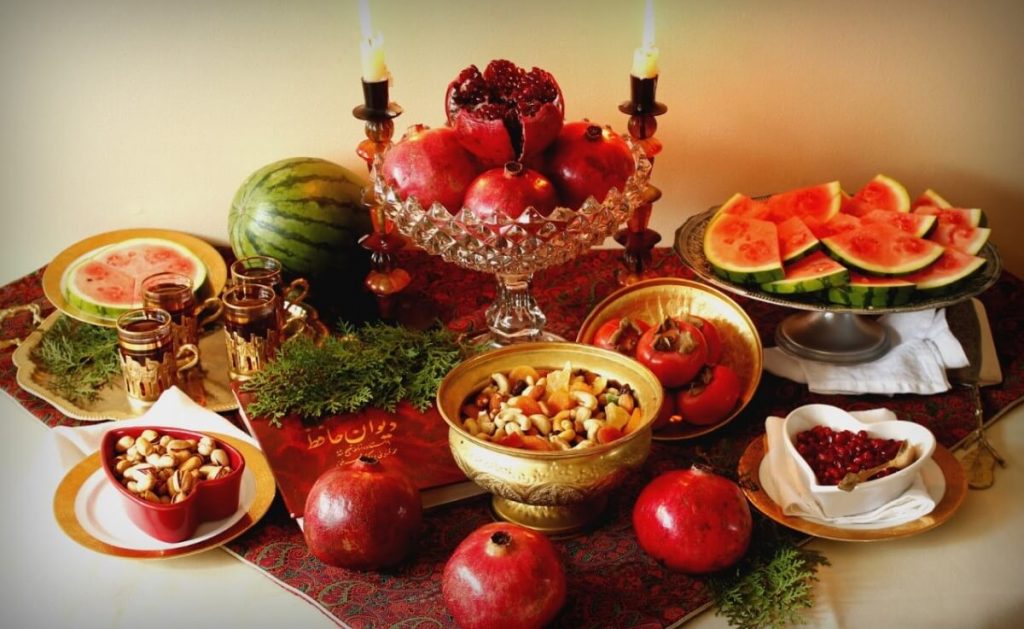
Yalda foods
Yalda Night, or as it is called in Persian, Shab-e Yalda, or Shab-e Chelleh (the Night before Chelleh, the first forty days of winter), has its own theme and color, fruits, nuts, and snacks, and in different parts of Iran, even its own local customs and traditional food. It is customary to have a source of heat and light and gather around that on this night.
This night reminds many people of colorful tables of snacks. According to the region of living, there might be different snacks at the celebration all over Iran. However, some snacks are must serves since they are a symbol of Yalda Night.
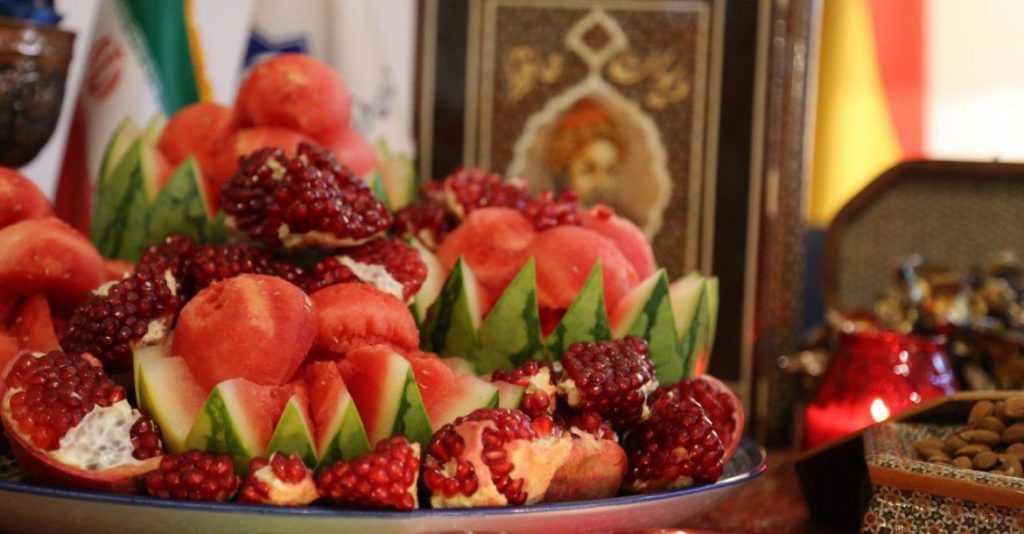
Red fruits
Watermelon is the primary snack of this night that must be served. Indeed, watermelon was the only snack of this night in the past. Because of watermelon, the red color has turned into a symbol of Shab e Yalda and people have added other red fruits to the snack list. Pomegranate and red beetroots are other fruits that accompany watermelon on the celebration night.
Ajil e Shabe Yalda
Ajil e Shabe Yalda is a big bowl of different nuts such as walnuts, almonds, and pistachios. In the past, these nuts used to be the only snack for many families in cold winter seasons. People used to eat nuts while enjoying gatherings and speaking to each other on long winter nights.
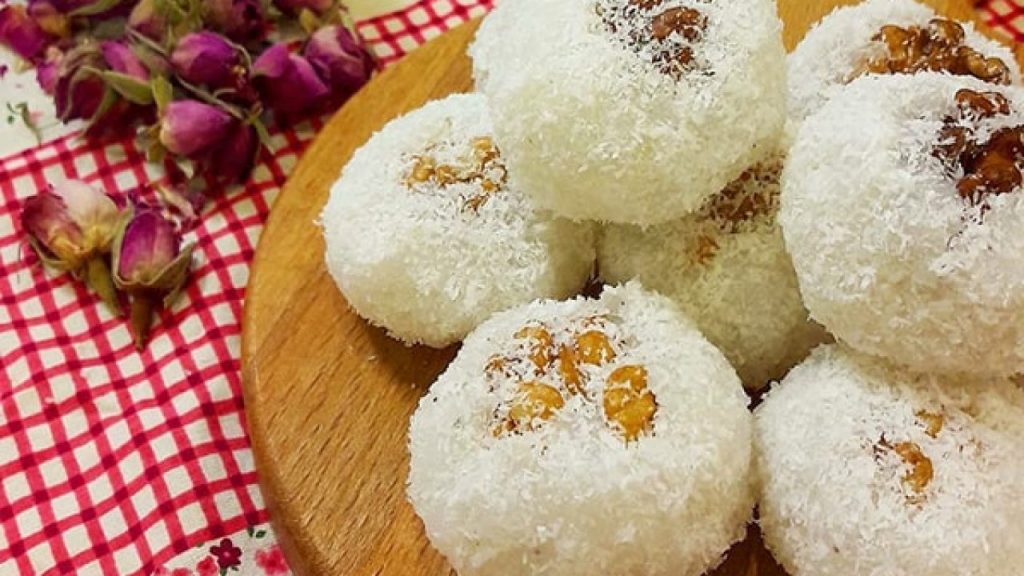
Sweets of Yalda Night
What is better than a dish of Persian sweets to celebrate the victory of the sun over darkness?
“Baslogh,” a traditional Persian sweet from Yazd, used to be the one that ancient Iranians served at the darkest night. Nowadays, different types of sweets and pastries are served in different regions of Iran. From traditional sweets, such as “Nokhodchi,” “Qaz,” and “Qorabieh” to big modern cakes with a Yalda theme, all ornate Persian Yalda tables.

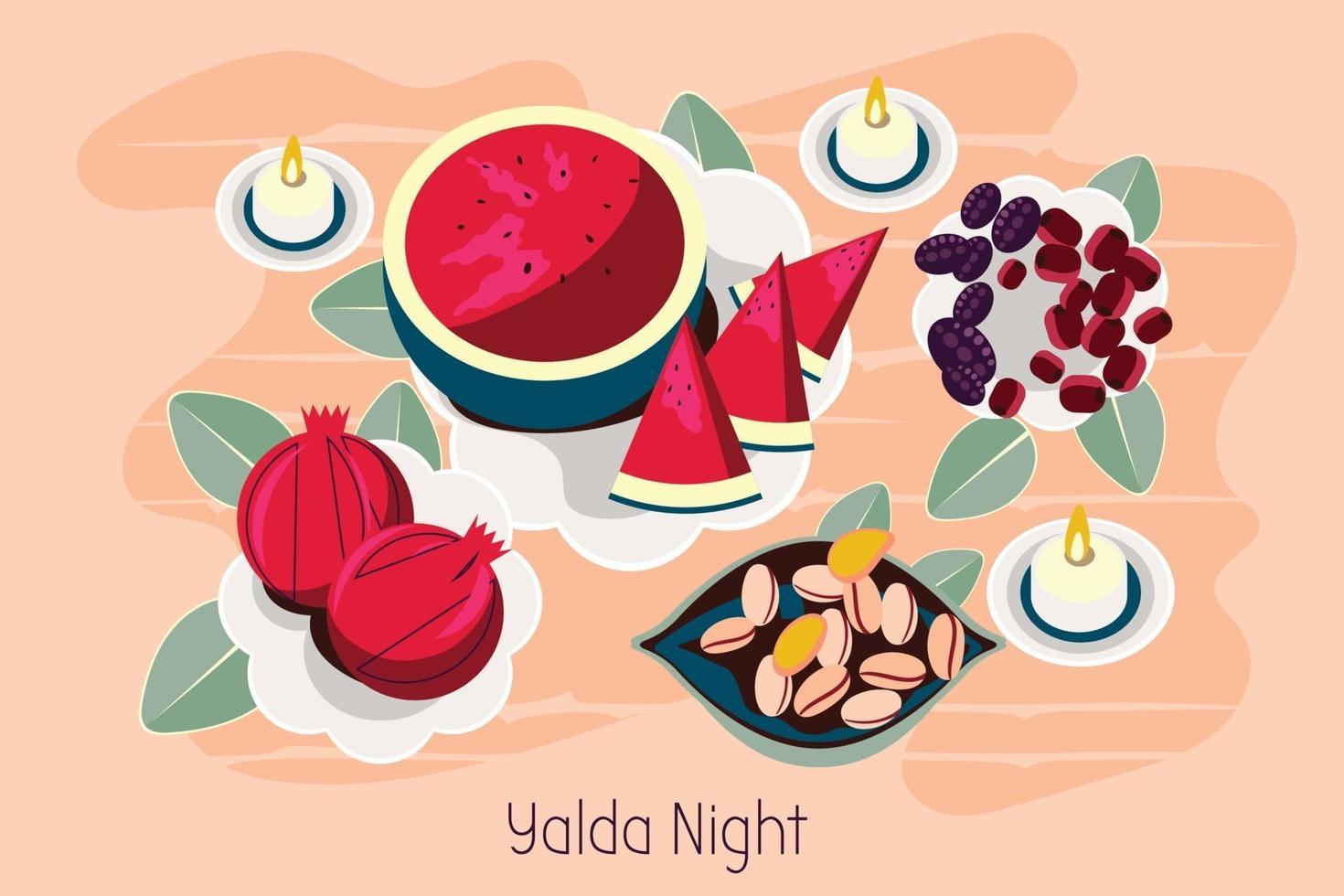
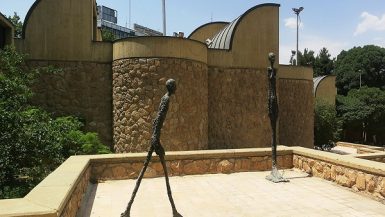
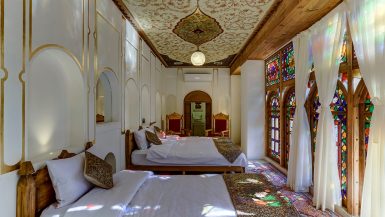
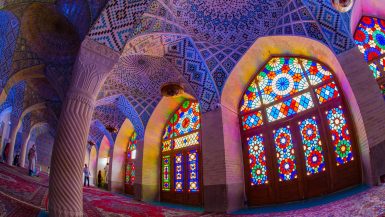

Leave a reply